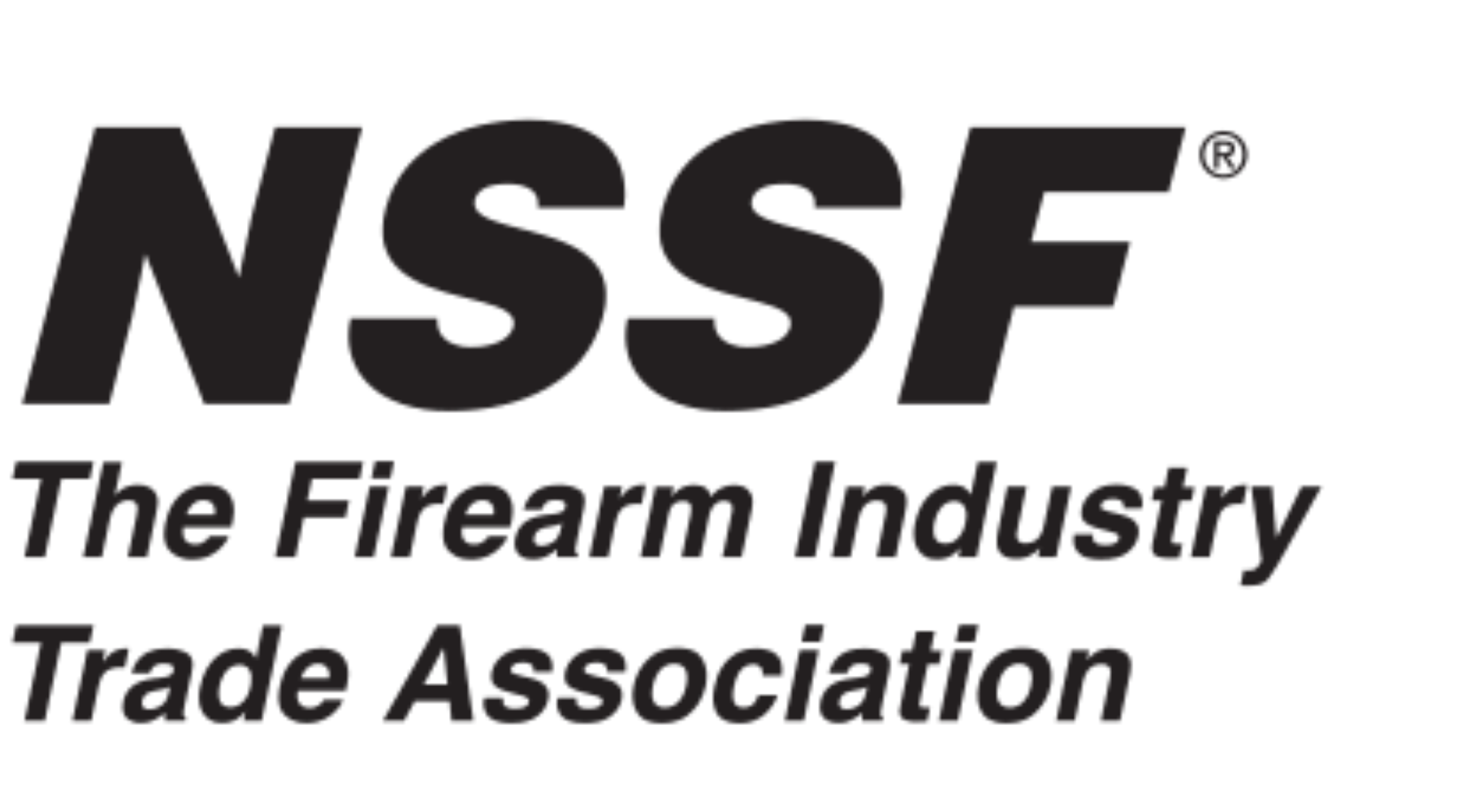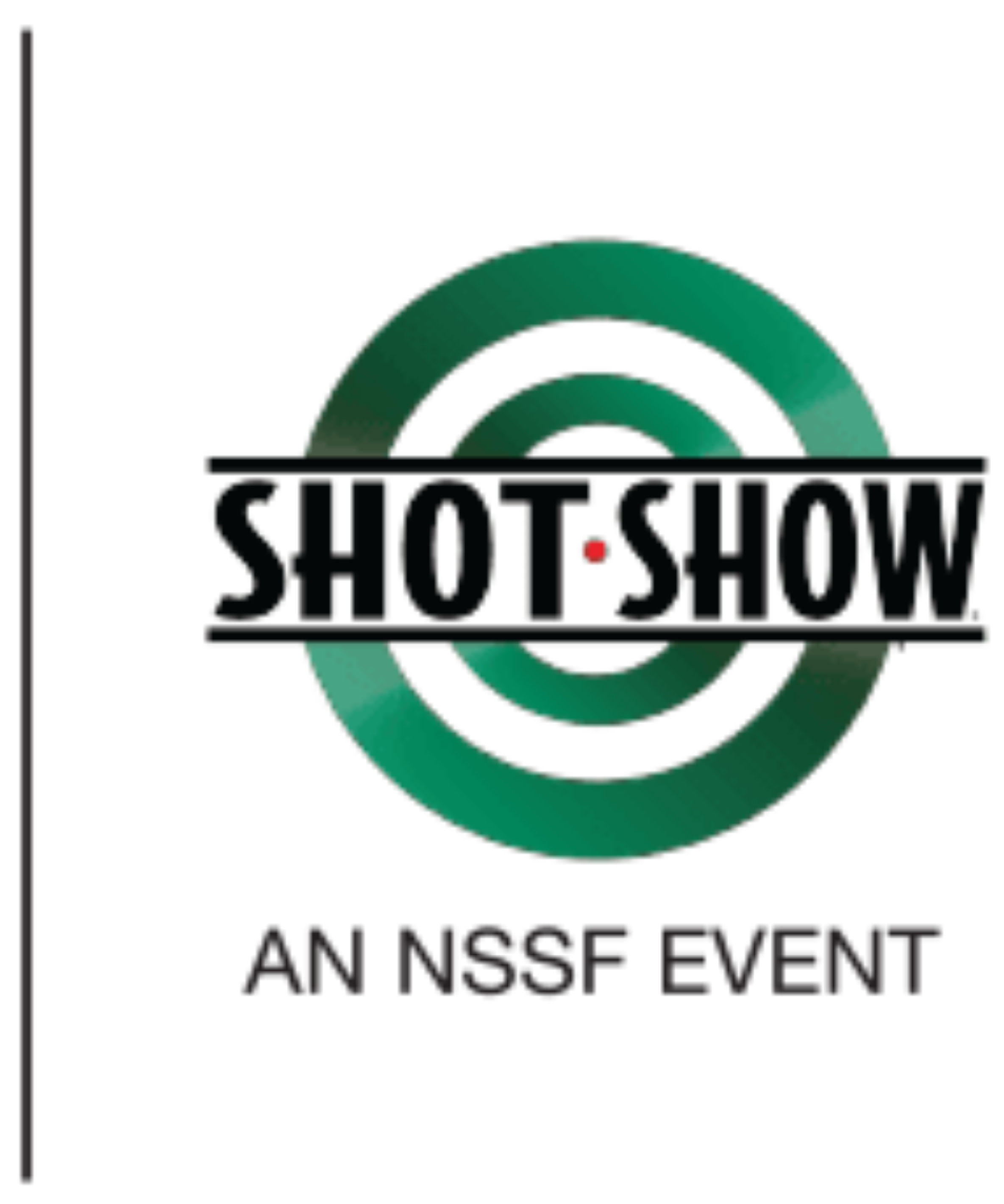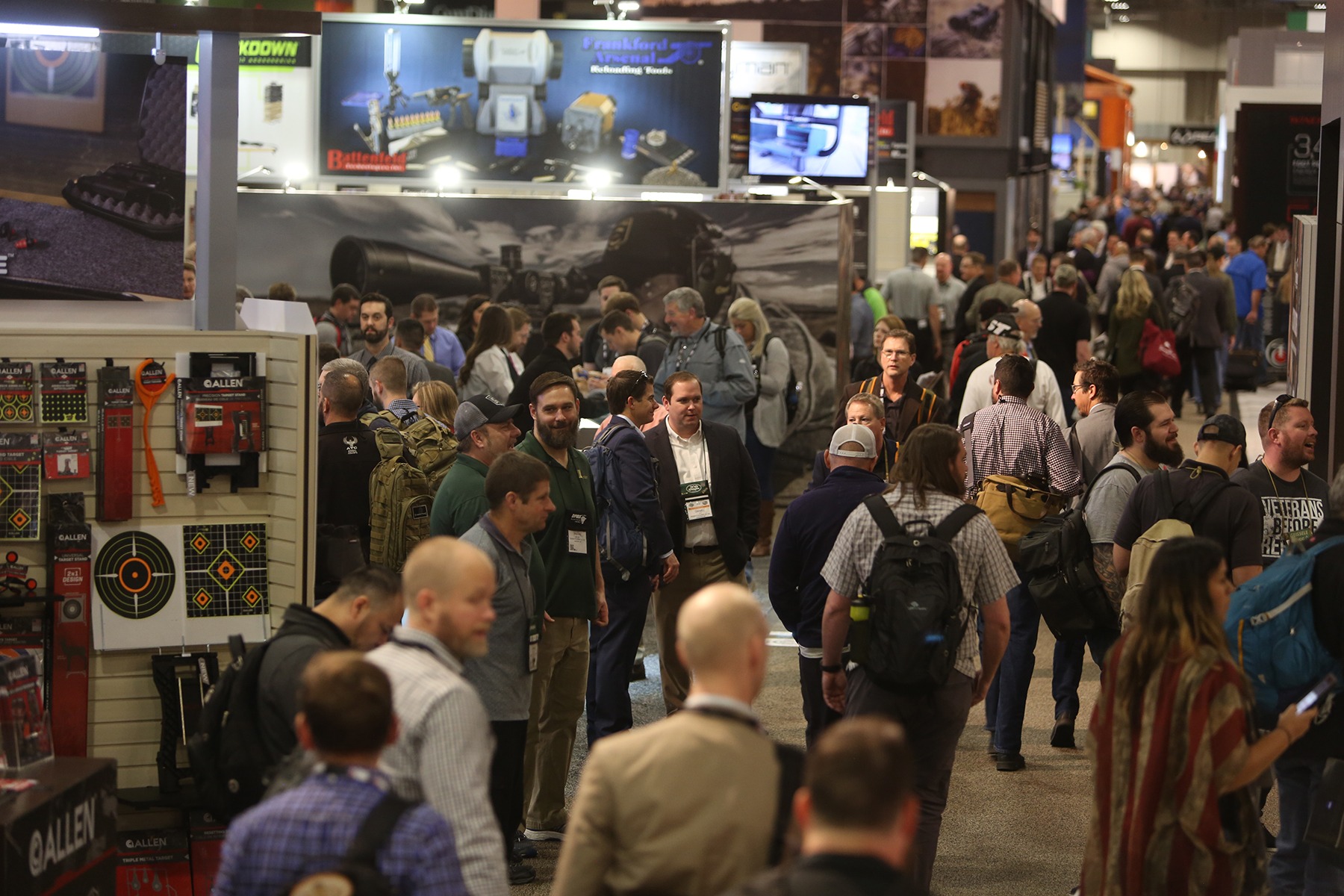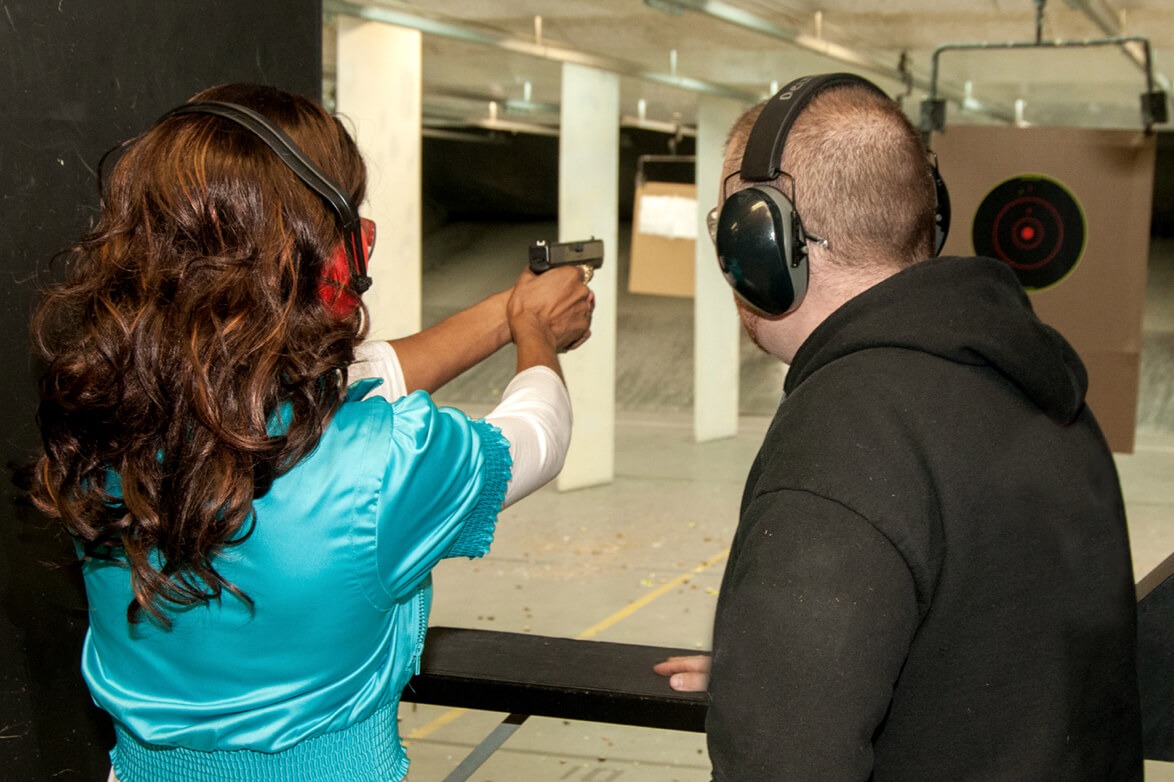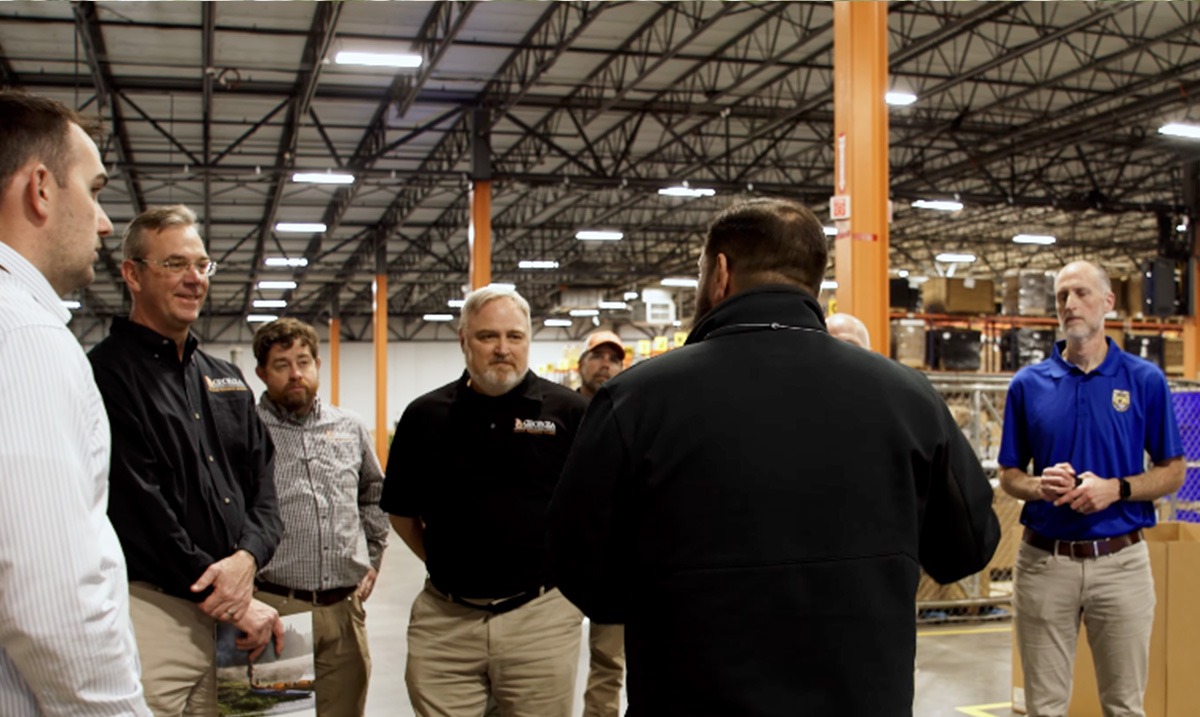 Back to News
Back to News
July 26, 2017
Understanding Government Range Ventilation Criteria
A properly designed indoor small arms range ventilation system provides a safe environment for both employees and shooters. Properly designed indoor ranges also protect the surrounding areas outdoors from expelled pollutants.
When designing an indoor range ventilation system, there are three U.S. government agencies that publish the relevant standards that provide the framework for proper design. Each agency has a unique mandate and covers specific aspects of range operations:
| Agency | Mandate | What is Covered |
| Environmental Protection Agency (EPA) | Protect human and environmental health. | Anything that is exhausted to the outdoor environment. |
| Occupational Safety and Health Administration (OSHA) | Assure safe and healthful working conditions for working men and women by setting and enforcing standards and by providing training, outreach, education and assistance. | Anything that reaches the respiratory zone and may expose employees or shooters. |
| National Institute for Occupational Safety and Health (NIOSH) | Conduct research and make recommendations for the prevention of work-related injury and illness. | Detailed design criteria for indoor shooting ranges. |
Here is some detail on the standards promulgated by each of these agencies, together with our recommendations for range builders and owners:
EPA – Environmental Protection Agency
What the EPA says: On November 12, 2008, the EPA issued a final rule that revised the National Ambient Air Quality Standards (NAAQS) for lead and associated ambient air lead monitoring requirements. The rule strengthened the requirement to allow not more than 0.15-microgram of lead in the air per cubic meter as total suspended particles. This amount will be measured as a three-month rolling average.
What we recommend: You will be taking an area sample of your range’s air, not evaluating the entire space of the range. For a newly opened range, emissions will not exceed the EPA level, even if no filters are used. However, over time small amounts of lead from unfiltered exhaust will build up on the surfaces of the roof that will exceed the allowable surface contamination. There is also the potential that unfiltered lead will enter the outside air intake of other equipment potentially allowing lead in non-range sections of the building. Additionally, lead may wash from the roof into the surrounding ground that in time could contaminate the soils over the allowable levels. For these reasons, we recommend the use of HEPA filters to eliminate the potential of contamination of surfaces, as well as other building systems.
Note that EPA regulates outdoor contaminates both on surfaces and in the air. The message we are trying to state is that even though the area air sample may be below EPA limits, the surface contamination will eventually rise above EPA allowable limits with the potential of contaminating other HVAC equipment on the roof and the soil on the lot if washed off the roof or equipment pad where the exhaust is placed.
OSHA – Occupational Safety and Health Administration
What OSHA says: OSHA regulates exposure to contaminates for both employees and the public. Most municipal building codes either reference or incorporate the OSHA standards via the International Mechanical Code. Chapter 5 of the code, “Exhaust Systems,” addresses firing ranges, and Section 502.19, “Indoor Firing Ranges,” directly references OSHA by stating that:
Ventilation shall be provided in an approved manner in areas utilized as indoor firing ranges. Ventilation shall be designed to protect employees and the public in accordance with OSHA 29 CFR 1910.1025 where applicable.
Per OSHA 29 CFR 1910.1025 and 1926.62, lead concentrations must be consistently maintained below the “action level” of 30 micrograms per cubic meter (30ug/m3), in an area where the limit shall not exceed 50 micrograms of lead per cubic meter (50ug/m3) of air. The “action level” is an interim step that triggers several (and likely costly) ancillary provisions of the standard such as exposure monitoring, medical surveillance for employees and training.
OSHA exposure levels are measured over a time-weighted average of an eight-hour workday in the respiratory zone on the occupants of the range during a standard course of fire. During this testing, a pump is carried by both the shooters and range officers. Air is pulled into the sampling unit from an inlet that is worn on the shoulder of the range occupants, thereby measuring what contaminates are in the respiratory zones of the occupants of the range. The exposures are wherever the occupants are standing during the sampling.
What we recommend – We recommend following the NIOSH suggested design criteria that will avoid any detectable lead exposure. Although the maximum allowable exposure level is 30 micrograms per cubic meter, a properly ventilated range will test at exposures less than the minimum detectable threshold of 0.06-microgram per cubic meter over a time-weighted eight-hour average.
NIOSH – National Institute for Occupational Safety and Health
What NIOSH says – NIOSH has published the following detailed design criteria for the ventilation of indoor ranges, originally written in 1975 and updated in 2007:
- NIOSH suggests 75 feet per minute air flow velocity at the firing line, with a minimum acceptable flow of 50 feet per minute. To maintain readings over 50 feet per minute in all areas at the firing line, the supply design must be designed at 75 feet per minute.
- NIOSH suggests that the exhaust is designed at 10-percent greater air flow than the supply.
- NIOSH suggests that the firing line be placed at least 15 feet from the rear wall to allow the air to minimize turbulence at the firing line (and prevent backflow of contaminated air).
- NIOSH suggests that the minimum final filter is a HEPA filter that must capture a minimum of 99.97 percent of contaminates 0.3-micron in size.
- NIOSH recommends a “modern computer-operated” controls system. This is typically referred to as a Direct Digital Control (DDC) system.
What we recommend: Using these design criteria has proven to provide ranges with lead exposures below the OSHA allowable limits, and the range and base building areas with no contaminates on the surfaces that will expose the shooters or employees through ingestion. The range ventilation system is designed and installed to remove contaminates from the respiratory zone, keep contaminates created in the range from entering non-range spaces in your building and remove smoke from the range to allow clear sight of the targets. The result is full compliance with OSHA and EPA standards and full protection for your customers, employees and neighbors.
About the Author:
 Bill Provencher has been a principal at Carey’s Small Arms Range Ventilation since early 1992. Carey’s systems provide customized air handling using top grade filters and other components to expel airborne ballistic contaminants and evacuate smoke downrange. The company has designed and built hundreds of range ventilation systems, each of which is tested and guaranteed to meet OSHA, NIOSH and EPA requirements.
Bill Provencher has been a principal at Carey’s Small Arms Range Ventilation since early 1992. Carey’s systems provide customized air handling using top grade filters and other components to expel airborne ballistic contaminants and evacuate smoke downrange. The company has designed and built hundreds of range ventilation systems, each of which is tested and guaranteed to meet OSHA, NIOSH and EPA requirements.
Categories: BP Item, Featured, Ranges, Top Stories

